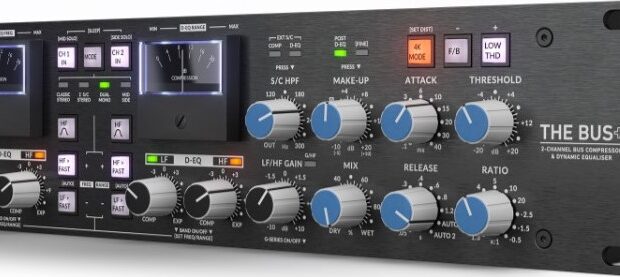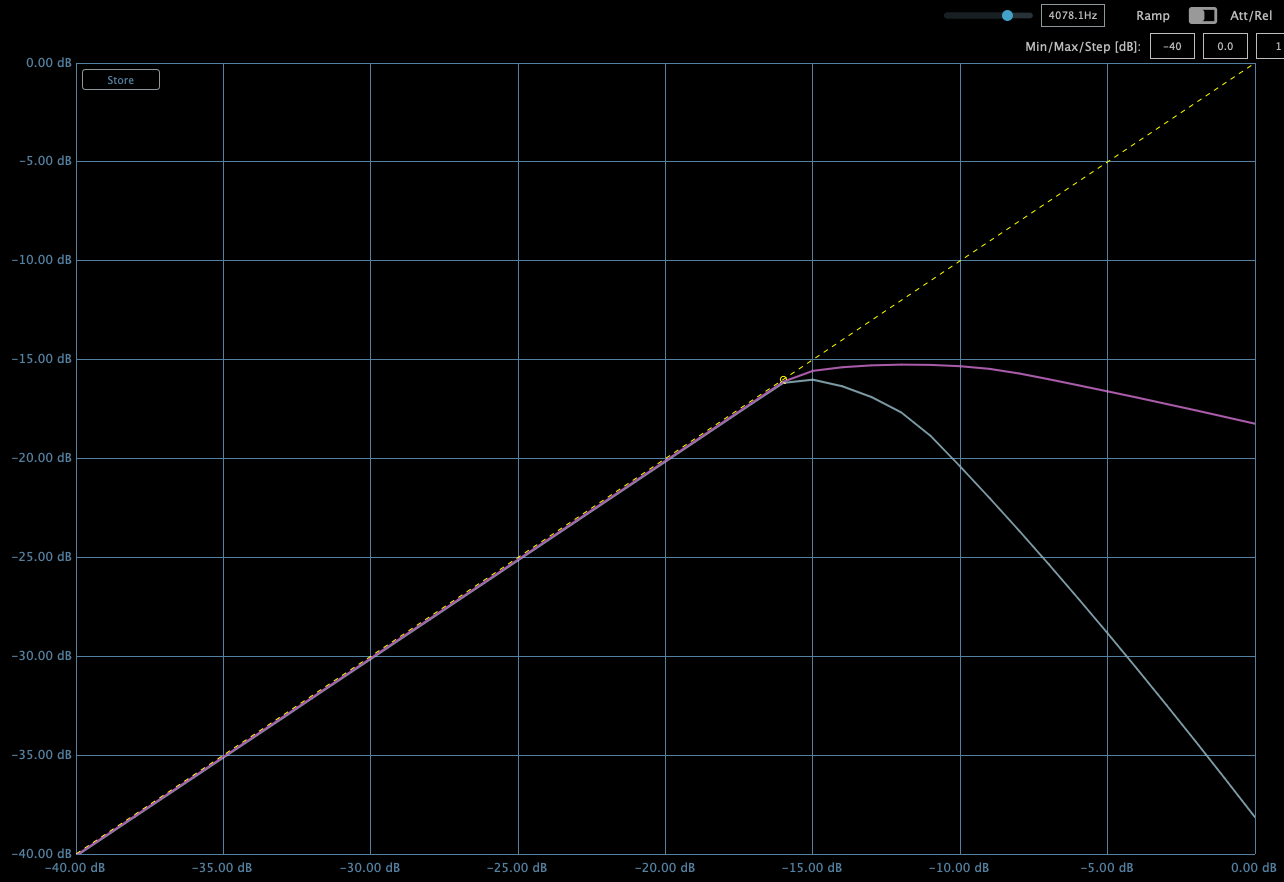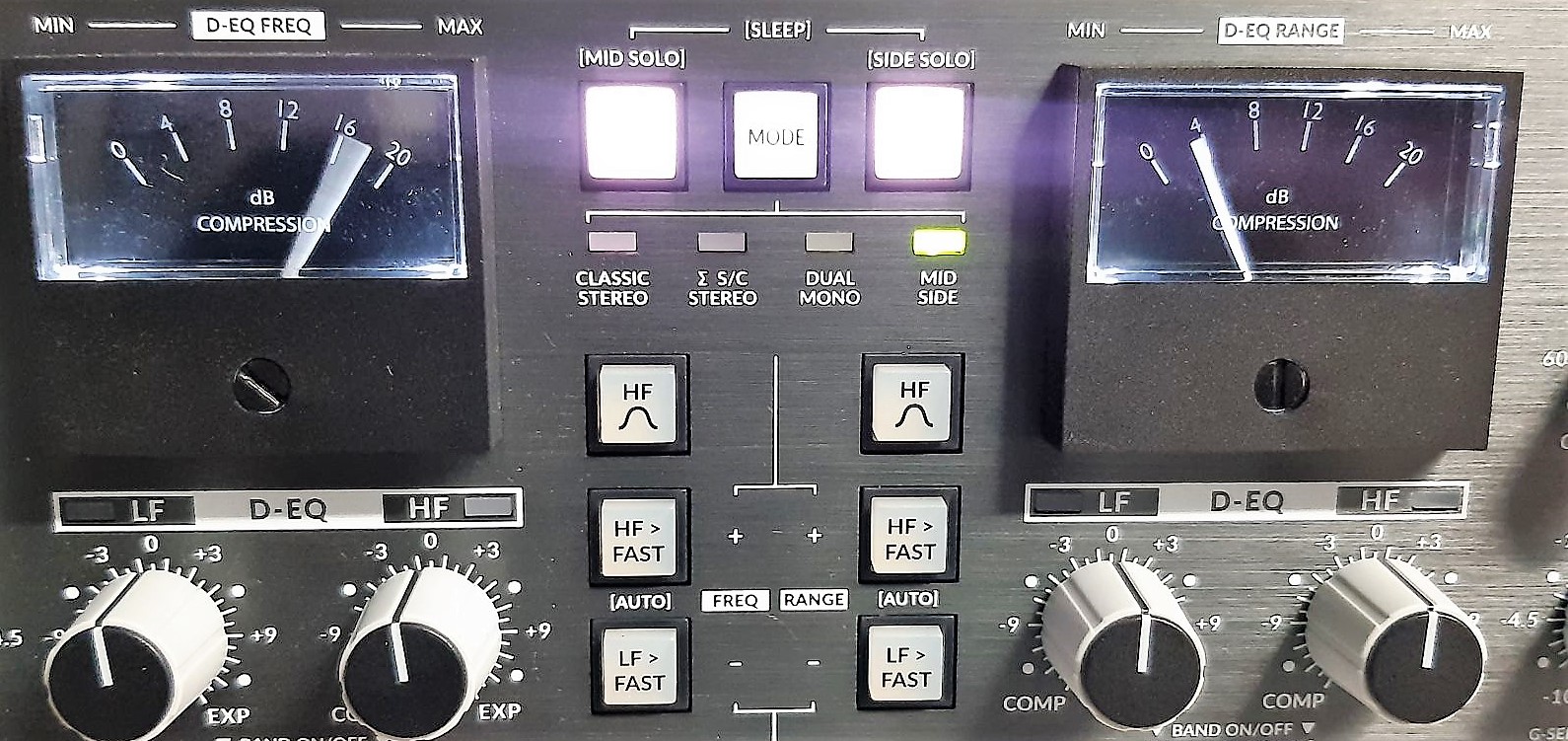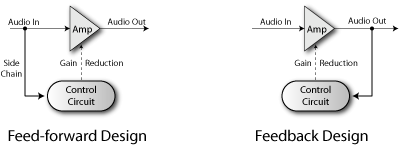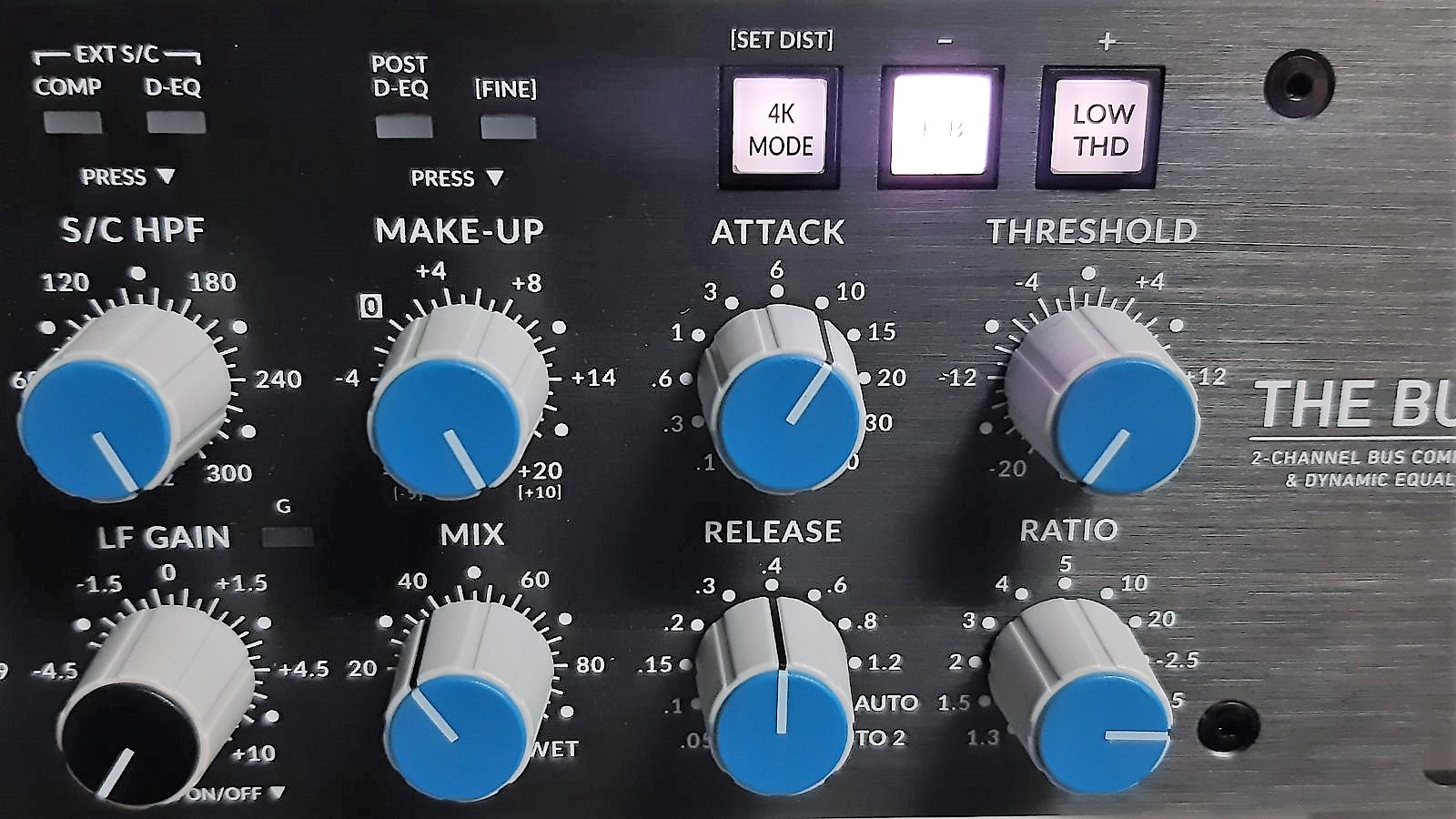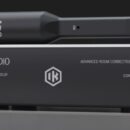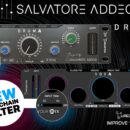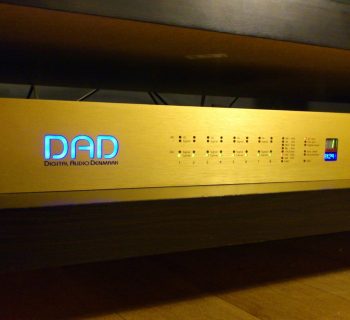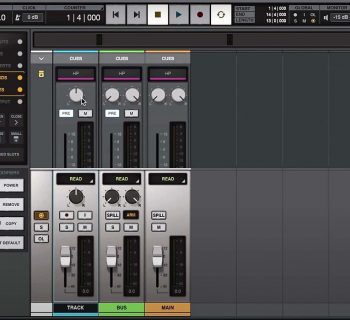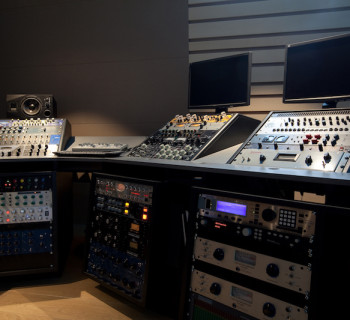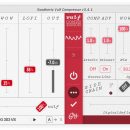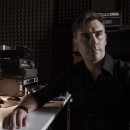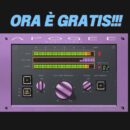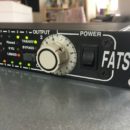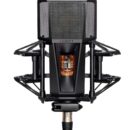To get close to what you can achieve with an SSL The Bus+ you need several compressors, including some vintage and broadcast, but even then you wouldn't have the flexibility of The Bus +!
Since its release, The Bus + has been such a success that it has eclipsed any clone, more or less successful and with accessory functions not provided on previous SSL bus compressors. As long as you use it as a simple bus compressor, everything is easy and traditional. However, we enter another realm, completely unexplored for many young sound engineers, when we move on to the Mid/Side, negative compression, sidechain and dynamic equaliser, all of which are worth exploring.For this tutorial, we'll get into negative compression applied to the Mid Side, to achieve remarkable signal cleanliness, precise, edgy yet analogue distorted guitars, vocals that are always recognisable in the stereo mix, a more coherent and pleasant three-dimensional field in stereo. And we'll even find instruments that disappear in the mix, unearthing them from the stereo mix! First, though, we need a little theory!
Negative Compression
Unknown to many young sound engineers, the so-called negative compression is not the upward compression that increases the part below the compression threshold. Instead, it is a process whereby an inverse proportionality is created between the increase of the input signal above the threshold and its reduction at the output, according to the set negative compression ratio. The first evidence of negative compression is the ability to keep in check signals that suddenly explode in dynamics, but the result depends very much on the value of the negative ratio one chooses. In this regard, we invite you to read the recently published special on negative compression.
Here suffice it to know that SSL The Bus + has three negative compression ratios that follow a simple rule: the closer the value approaches zero, the more the reduction of the signal above the threshold goes into negative territory. Unlike classic compression ratios, negative ratios behave in the opposite way. The maximum negative compression will occur at 1:-0.5. At 1:-2.5, negative compression is more musical.
The Radio Sound: Side, Feedback and Negative Ratios
The operation of a negative compression changes significantly if the sidechain circuit is in the feedforward position, i.e. before the VCA circuit deputed to vary the amplitude, or in the feedback position, i.e. placed after the VCA. The SSL bus compressor has a very special feedback topology, which has made it so successful. In practice, it uses a second VCA that duplicates the main one, which is responsible for processing the sidechain and returning it to the feedforward position.
The secret of his particular ability to paste tracks comes from this second VCA and this pattern. If there were no second VCA, in itself the bus compressor would be a pure feedback circuit, but this is not the case. In order to exclude the second VCA, there is the F/B button, which turns the compression circuit into pure feedback, thus altering the compression characteristics, which becomes less incisive. In the latter case, the sidechain sees a signal that has already been amplified, and the threshold using negative compression must be completely revised, which cannot be lowered to such an extent that it can work as in feedforward mode, i.e. with the F/B button switched off.
Incidentally, the SSL bus compressor has always used this second VCA in parallel with the main VCA. Without this second VCA handling the sidechain, one cannot speak of an SSL bus compressor clone, but only of a simple VCA compressor.
Apparently, in negative compression the Feedback mode seems to be of little use, but there is an important exception: working on the side with negative compression ratios, you can obtain an extremely natural equalisation on the mid-high frequencies, with attack times around 10, release at 0.4 and threshold practically always at -20. The effect on the Side is more evident with compression values at -05 and -1.5, which are the most extreme negative compression curves. If you then apply the HPF filter on the side around 300, the final sound is very natural.
Obviously the next step is the Mix control: around 40 works very well, but you can move to Wet to add more spatiality. Since in Feedback mode the Make Up Gain control doesn't have its classic function, in Side it takes on a completely new role: it controls the amount of mid/high frequencies added to the original sound, without unbalancing the mix or the level between the two Mid/Side signals, which, for Side only, must be adjusted with the Mix control (in Classic Mode).
Make Up Gain also handles the level of the transients saved from the attack time, but its effect depends on the Mix value.
To hear the effect, let's put the Side channel in Solo mode (holding down CH 2 In for a few moments until it flashes yellow), move Mix to 50 and change the Make Up Gain level: the compressor's work on the mid-high range and the contribution it makes is evident.
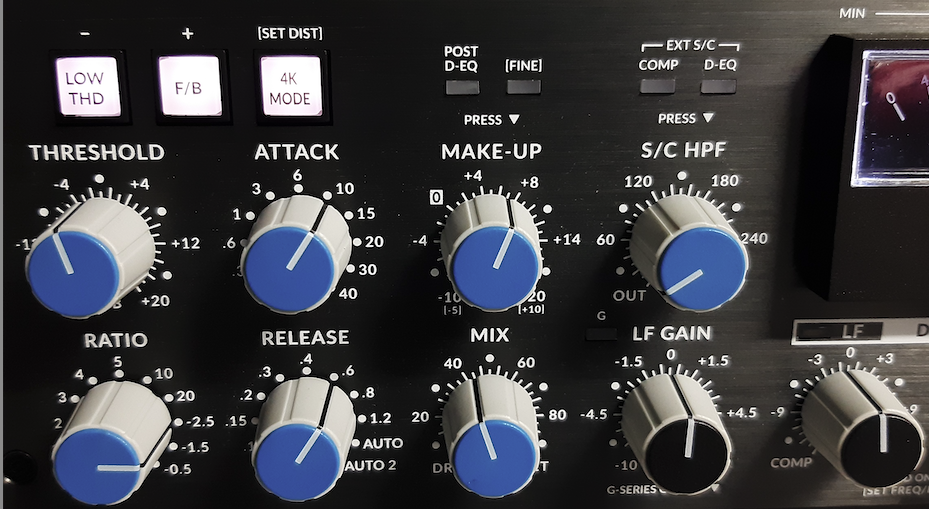
At the same time, on the Mid, you can also work in negative compression, but without feedback activated, to enhance the transients: the attack will always be above 10, the release a little longer at 0.6 and the best ratio is always -2.5. The two critical parameters are the threshold, which must be well set to intercept only the transients above it and that interest us, and the Mix control.
The Solo function comes to our aid again, by holding down the CH 1 In button for a few moments: by setting Mix to Wet, it is child's play to hear the part of the signal that will be retained. The HPF filter of the sidechain, in this case, is best set to 0, to avoid making the bass and kick drum oscillate too much. Here too, the Mix value makes a difference: always start at 40 and adjust according to taste.
Conclusions
The Bus+ set to Mid Side with negative compression ratios is the best thing you need when you get a sluggish and overcompressed mix, even for overcompressions on individual tracks. These settings are practically universal: we have tried them with any genre of music on the stereo bus and the results are always good. It works on rock, classical, hip hop, acoustic, edm and pop.
The effect on the mid-highs, like hit-hats, on the snare drum, on vocals, on distorted guitars is effective, very natural and carries through the whole piece, but with a much greater spatiality that makes everything much more lively and exciting to listen to.
It cleans up the mix very well, making it powerfully intelligible even from a few Euro headphones. Plus you can hear the shimmering sound of Solid State Logic, cloaking the mix with that professional sound that makes all the difference. Simply tweak Mix and Make Up Gain to find your preferred balance.
SSL has struck gold!
Info on Solid State Logic:
Solid State Logic is the world's leading manufacturer of analog and digital audio consoles and provider of creative tools for music, broadcast, live, and audio production professionals.


